It’s been a very interesting year in Android land. We saw a lot of bold moves and stances taken by the world’s OEMs, a lot of new players broke ground, and Google made the moves necessary to keep Android as interesting and fresh as we could ask for. Now that the year has come to a close, we thought it’d be interesting to take a look back on all of that. It’s the big Android year-in review!
Phones Galore
We saw a ton of great new Android devices launch this year, with the likes of Samsung, HTC, Motorola, LG and more all stepping their game up and working to stiffen the thought that Android can and should be providing premium experiences at every turn. Whether it was with a phone or a tablet, or a smart watch and Google Glass, Android’s versatility has shown no known boundaries.
Motorola on the rise
Motorola’s comeback attempt put the company in a brand new light. Whether they just wanted to impress their new owners (see: Google) or genuinely change people’s perception about mobile devices, it was important for Motorola to introduce a product line that would make a lot of noise.
Many originally thought Motorola would look to do this with a series of devices unmatched by any other in terms of specs, but we quickly found out that wasn’t the case. Moto wasn’t interested in 1080p, 6-inch displays, or quad-core processors. Instead, they wanted to make sure they combined solidly built hardware with a user experience that wasn’t going to bog things down.
What they came up with was nothing short of blissful, and it was named the Moto X (read our official review). The Motorola X8 computing system allowed them to introduce great features such as Touchless Controls and Active Notifications without sacrificing battery life. The 720p display wasn’t quite as sharp as, say, a 1080p display, but the quality made it look just as crisp and clean as any other.
And their lack of deep user interface customization meant the dual-core processor inside (which was of high quality Krait-based silicon, by the way) would be able to handle anything you throw at it with ease.
All of this was extended to Verizon’s exclusive DROID lineup, which included the likes of the Motorola DROID MAXX, Motorola DROID Ultra, and the Motorola DROID Mini (review of the former two here). The former-most device in that bunch made considerable noise with its wireless charging capabilities and 3,500mAh battery, delivering 48 hours of battery life that has become invaluable for so many of its users.
But not everyone was sold on all this until something great happened — Motorola was actually able to beat Nexus devices to KitKat. Moto X users got the upgrade before anyone else (well, everyone except Nexus 5 users, of course). The DROID lines came a bit later, but it wasn’t long before they were breaking off a piece of that, as well.
Let’s not forget the Moto G, the sub-$200 device that provides quite the decent user experience. Pound-for-pound and dollar-for-dollar it’ll be hard to find a device that can offer the same combination of power and affordability. Suddenly, Motorola has found themselves the bearer of one of the most interesting stable of devices in the game.
HTC One family — HTC’s “one” and only focus
HTC took a similar stance to Motorola, and vowed to focus on just a few key devices over the course of the year. Sure, they had a couple of Desire phones for mid-range and entry-level fillers, but the HTC One, One Max and One Mini were HTC’s “One” and only focus. As lame as that play on its name was, that’s what happened.
We’d fully credit HTC’s transformation with the HTC One (review right here), but the company showed flashes of this stuff way back in 2012, when the “original” One series launched. Confusing, right? But they took everything they learned that year, and simply perfected it in 2013. What they were able to accomplish was a beautiful, powerful device that has proven it can stand the test of time.
The HTC One Max wasn’t quite as delectable as we thought it’d be, but its fingerprint scanner did bring a unique flare, and phablet fans who also happened to be HTC One fans found themselves with a perfect device. It wasn’t enough to overcome Samsung’s performance on the charts, but it kept HTC on the right path which will hopefully set up an even more fruitful year in 2014.
Samsung Galaxy S4 and Note 3 — pushing the limits
Samsung once again proved their worth in the smartphone arena. They did so by introducing the Samsung Galaxy S4, a 5-inch 1080p device that did almost everything right. Most people thought the Samsung Galaxy S4 was only an incremental upgrade when put up against the previous year’s offering, and that was fair — Samsung didn’t really pull out all the stops like they’re known to do. Those deets can be had in our review.
And then came the Samsung Galaxy Note 3 (read the review). Like its predecessor, the Note 3 outdid not only itself, but pretty much every device on the market. While its 5.7-inch 1080p display wasn’t the right fit for a lot of people, those who can put up with the size were also treated to some pretty crazy internals.
It had 3GB of RAM, a Snapdragon 800 processor, and even microUSB 3.0 — who does that?! It was ridiculous, and Samsung didn’t have a single issue capturing the attention of pretty much everyone in the industry with this knockout.
Nexus and the Google Play Edition program
A year in Android wouldn’t be a year in Android without new Nexus devices, and we got a couple of great ones this year. The launch of the new Nexus 7 with its Snapdragon S4 Pro processor was great, and its $230 price tag didn’t hurt.
The same could be said for the ultra powerful Nexus 5 and its $350 price tag, which we reviewed right here. That amount got you a 5-inch 1080p phone with a Snapdragon 800 processor, 2GB of RAM, and more. It’s a bit more oomph than we’re used to in Nexus devices. It also was the first device to launch with Android 4.4 KitKat (which we’ll talk about a bit later).
Google added a good deal of new devices to their Google Play Edition program as well, which delivers popular, powerful smartphones (and tablets) with the pure Google experience. While these devices haven’t always lived up to their original hype — updates don’t come quite as fast as they do for Nexus devices — it’s still been a joyful ride. Here’s a quick list of the devices currently available:
- Samsung Galaxy S4
- HTC One
- Sony Z Ultra
- LG G Pad 8.3 (tablet)
All of them are sitting in the Google Play Store, natch.
Oppo N1 — breaking new ground
The Oppo N1 wasn’t an exciting device on its own, although we did think the swivel camera was pretty cool and unique. One cool and unique thing often isn’t enough to catch our attention, though. What did capture our interests was the fact that the Oppo N1 would be the first device to come with official CyanogenMod support.
It’s quite unheard of in this day and age, but perhaps it’s the beginning of a movement that will see more OEMs open their arms to custom ROM support. Not only does Oppo support flashing of the ROM, but they also sell a special CyanogenMod edition of the phone with the software pre-installed (as well as other goodies to look forward to).
We never thought we’d see the day an aftermarket development team would partner with an actual OEM, but the day has come and the train won’t stop here (more on that later).
LG G2 and LG G Flex — Hero devices for a struggling brand
LG found themselves at the end of some harsh jokes its first few years in the smartphone game, but the South Korean technology giant decided to turn things around in 2013. The transformation began in 2012 with the original LG Optimus G, really, but it wasn’t until LG dropped the “Optimus” moniker and brought the LG G2 that we really started to take notice. Edgar drooled all over the thing in his review.
While the company still has some growing pains to overcome — particularly in the software department — they have shown that they are capable of delivering beautiful, capable pieces of hardware.
The LG G2 wasn’t even the most interesting device in the company’s lineup this past year, with the virtually indestructible build of the LG G Flex turning quite a few heads. I mean, come on — you can take a steak knife to this thing and it won’t even flinch. That’s hardcore stuff. LG has given themselves a pretty solid based to build on heading into the next year.
Android 4.4 KitKat
This year marked the launch of the first major version of Android since Android 4.1 Jelly Bean. We all thought the name for the “K” dessert was going to be Key Lime Pie, but Google threw us a pro-like curve ball when they announced that it would actually be Android 4.4 KitKat. This marked the first time that an Android version codename has used the name of a commercial product.
The result was one of the most fruitful advertising campaign in KitKat’s history. Every day and every week leading up to the launch of KitKat and the Nexus 5, the company — and Google — would drop little teasers to keep folks on edge. They even held a big golden ticket-esque contest that had thousands of people winning the 2013 Nexus 7 from specially marked packages of KitKat bars.
Novelty aside, Android 4.4 KitKat was actually a pretty big update. Host card emulation for NFC-equipped devices meant anyone could use tap-to-pay no matter what carrier restrictions are in place.
The new Android runtime — dubbed ART — was introduced for the first time, giving us a runtime that would look to bring us faster app performance and considerable savings on resources such as battery life (although it still isn’t ready to knock Dalvik off just yet). It’s also the first Android version to natively support translucent system drawables and emojis. You can read about everything KitKat has to offer right here.
Chromecast
When Google announced the 2013 Nexus 7, we weren’t expecting them to drop another little nugget that would turn out to be Time’s best gadget of 2013 — the Chromecast (here’s our review, in case you missed it). This little media streaming dongle shook the world up with a simple proposition: stream your content from your mobile device or PC to your TV over a WiFi connection, with ease and without fuss.
It’s so simple that there’s not much more to say about it. The $35 price point for said functionality was a no-brainer for most people, especially considering some of the earliest Chromecast deals offered up extended Netflix trials.
Google recently made a big push to bring even more apps to Chromecast, making it a very versatile media streaming device for almost any need. Just imagine what it’ll be like once they open up the official APIs to everyone.
Smart Watches and Google Glass
2013 was a very interesting year for smart watches. We saw Sony launch the second generation of the SmartWatch. Pebble rocked the world with a hugely successful Kickstarter campaign (culminating in the device being available at many popular retail destinations today), and Samsung finally threw their hat into the arena with the Samsung Galaxy Gear (though that particular offering wasn’t as sweet as we originally thought it’d be).
Qualcomm also turned heads with the launch of the Toq, a Mirasol-equipped smart watch that introduces a lot of quirky, fresh ideas. The price of that particular item turned many folks away, but Qualcomm deserves recognition for moving smart watches forward. Be sure to take a look at our quick hands-on of the device from earlier in the year.
There are rumors that even more major players will be looking to break into the smart watch game next year, with the big dogs in tech — Google, Apple, and (by way of Nokia) Microsoft — looking to introduce products of their own. Google’s offering is said to be driven by the power of Google Now, the sometimes creepy “I always know what you want to do, what you need to see, and where you need to go” information service that is featured on Android today.
Of course, smart watches weren’t the only wearables that gained a lot of steam last year. Google Glass made some huge strides. Tons more developers and tinkerers were invited to join the Glass Explorers program, which means tons more apps were made available.
While the $1,500 price tag is still off-putting to many, Google created a product compelling and exciting enough to get a good stable of developers cooking apps up for it. That should prove to be crucial to the device’s success once it goes on sale to the general public in 2014.
Early upgrades for everyone
The wireless industry in the United States unanimously adopted a new trend: early upgrades. Verizon’s Edge, Sprint’s One Up, T-Mobile’s JUMP! and AT&T’s Next all introduced new upgrade paths that would allow frequent hoppers (that is, those who just have to have the latest and greatest) to get new phones at breakneck pace.
While not all of these options were financially beneficial to the consumer (with the exception of T-Mobile, and — to a degree — AT&T), we’re grateful to have them.
Grassroots dreams come true
When CyanogenMod first began on its course years ago, no one could have imagined it’d reach the peak that it did in 2013. The custom ROM reached a point of popularity so significant that it moved the team to create an actual company. Incorporation for a small after-market development team might have seemed like a crazy thought just a few short months ago, but the CyanogenMod team showed us that anything can happen.
This wasn’t just some publicity move, either — short after incorporation, the team managed to attract big bucks from big investors. The latest round of funding saw them rake in over $22 million, which should be a nice source of capital for their first big project: an official CyanogenMod phone, built from the ground-up with CyanogenMod in mind.
Though we haven’t been given more details than that, murmurings suggest that phone will be built in conjunction with the new company ex-Oppo VP Pete Lau formed — OnePlus. If you thought the Oppo partnership was big, then you haven’t seen anything yet.
What will 2014 bring?
And that’s a wrap! We’ve already crossed the line into the new year, and we can’t wait to see what 2014 has to bring us. The first major movements in tech should be going down within the next few days, with the big dance known as CES in Las Vegas right around the corner.
We’re gearing up to head out there and bring it all to you live, so be sure to circle back for coverage on all things Android starting January 6th. Let us know some of your favorite developments from the past year, and be sure to let us know what you hope to see happen in 2014 in the comments section below!



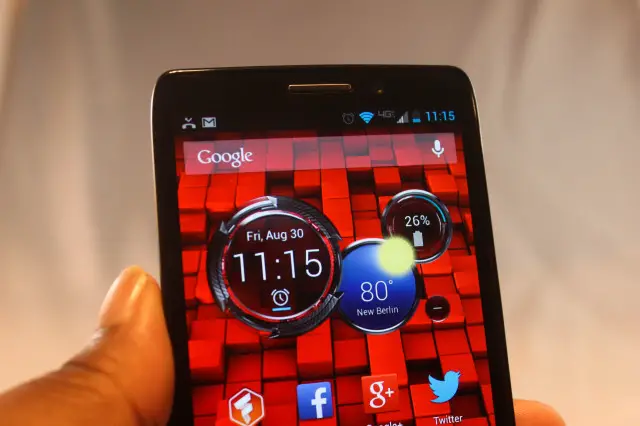
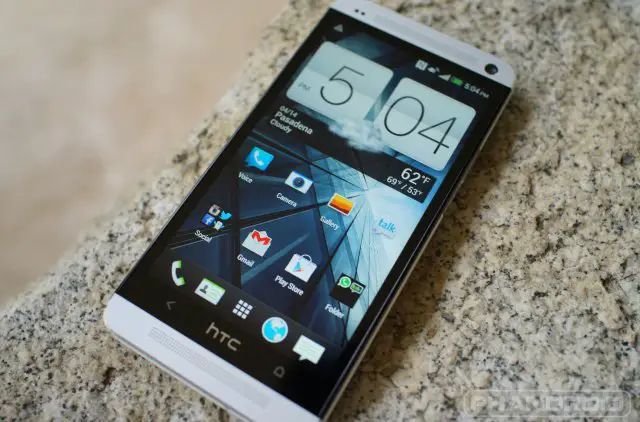

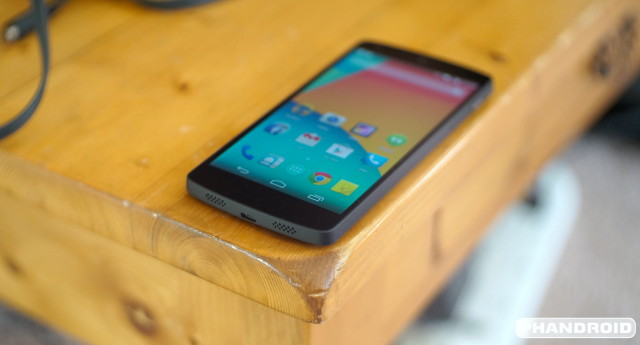
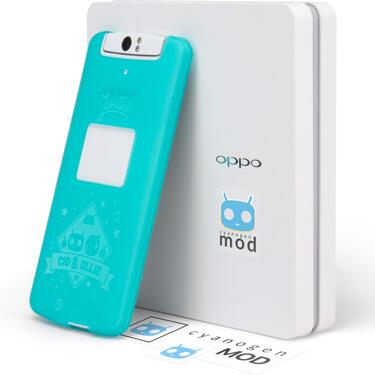
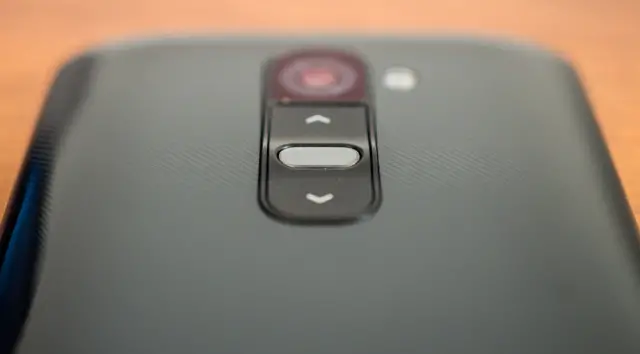

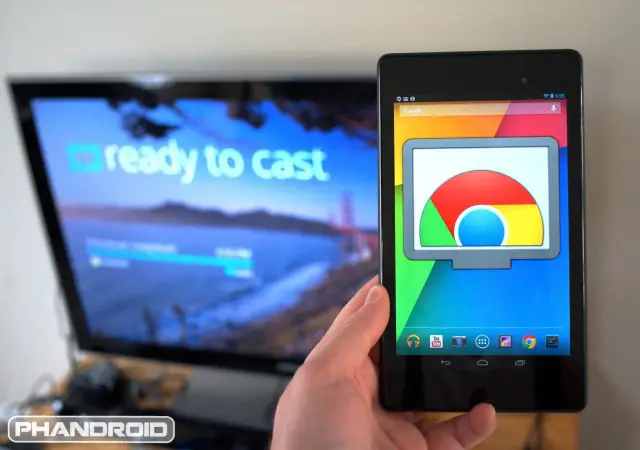
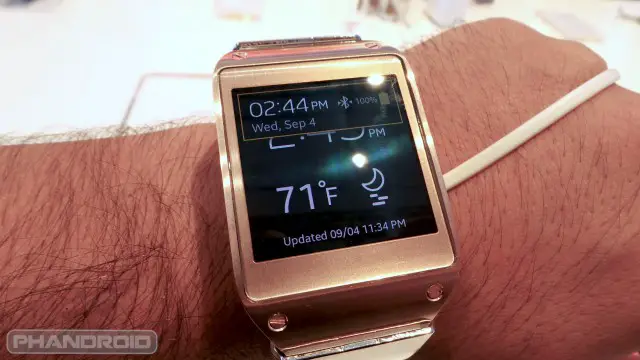

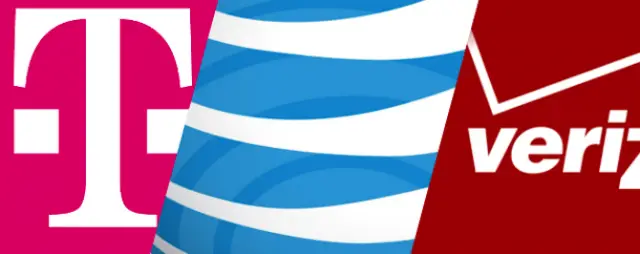
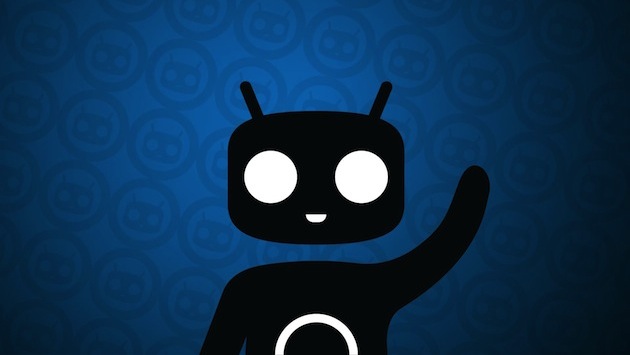



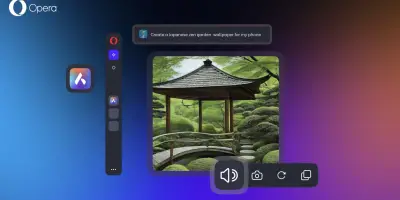
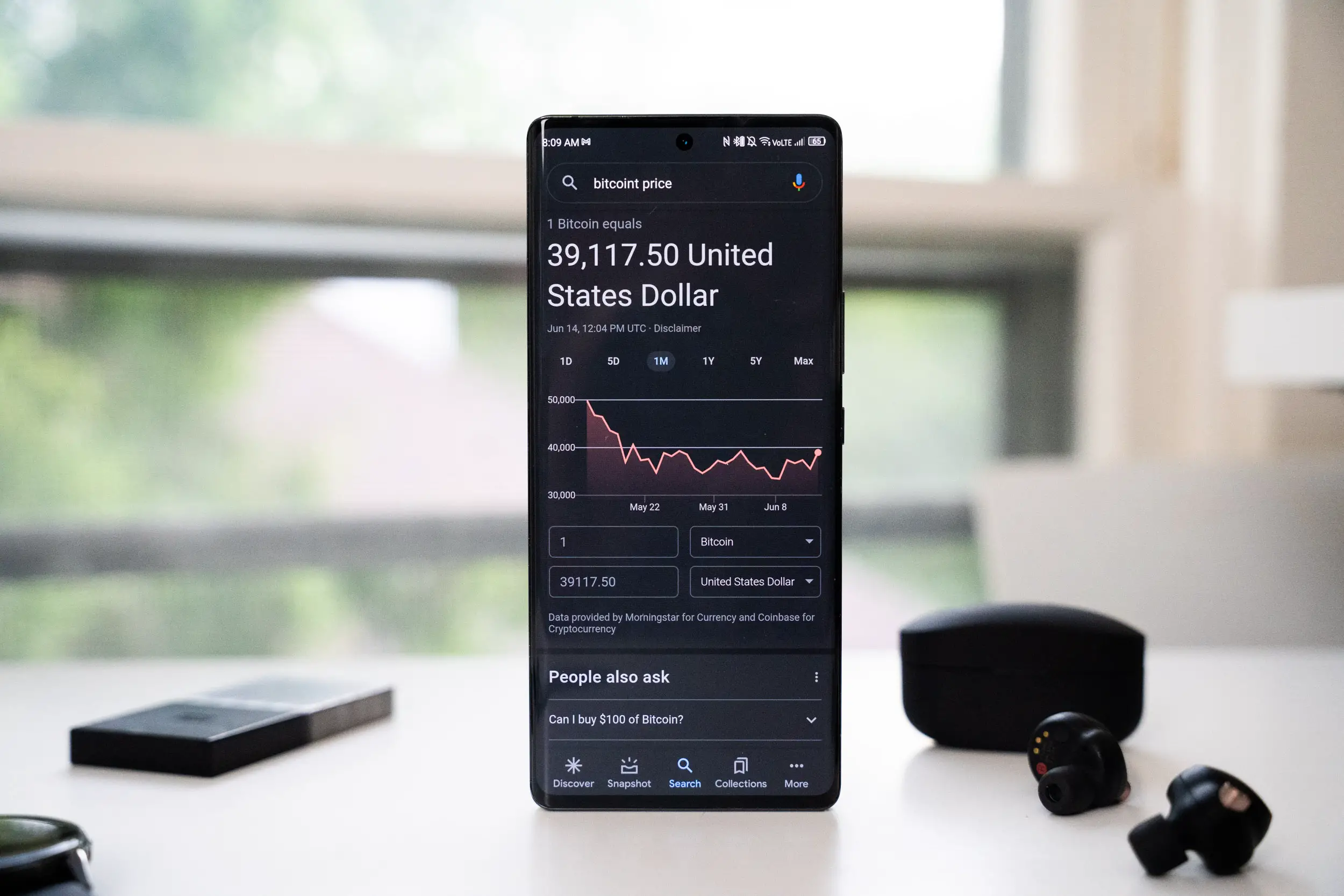




You put ” new nexus 7 with its snapdragon 800 ”
Wonderful year indeed, the most important news for me were the Chromecast and of course T-Mobile in general.
Those are all great tablet options that you mentioned. Thanks for pointing out what was a strong year for Android tablets
HTC One FTW.
Galaxy note 3, Tmobile, chromecast …good year
HTC One took over 2013, maybe not in sales… but in respect, hopefully 2014 brings some more dollar bills toward their way. I’ll surely be copping the next HTC One and afterwards selling it to get the Max 2 :-)
HTC ONE kicked butt in actual user voting all of 2013. Why ? Build quality and specs. YES they still count. Lets not forget that lest we reach 2015 or 2016 and we’re all holding cheap low-end phones with great “user experience”.
If they only had the money to market it…….
The OMNI rom deserves a mention.
One omission: Android consoles. Whether they are worth it or not, Ouya, Nvidia Shield and others grabbed headlines on this site and others.
After Jelly bean kit kat android is rocking. And google glass and s4 are the things which i like in 2013.